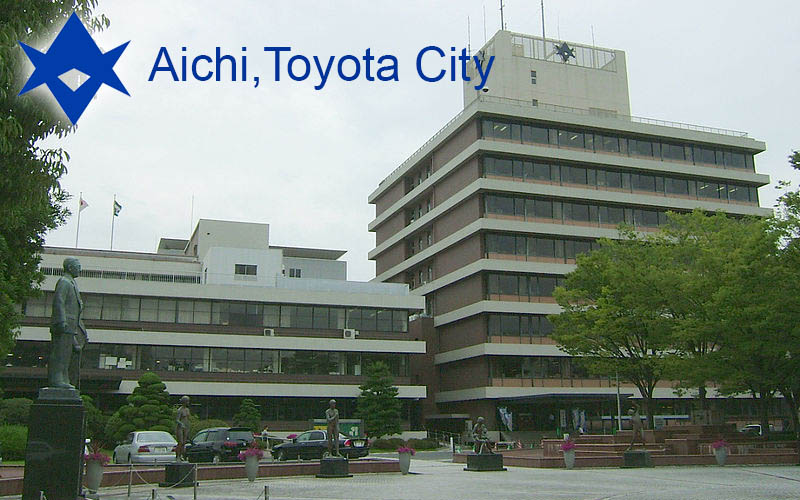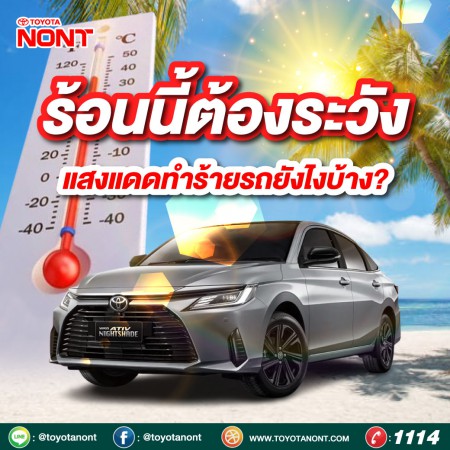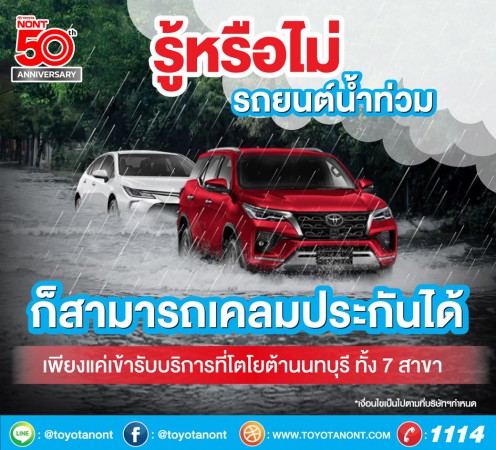

Aichi,Toyota City
Toyota (豊田市 Toyota-shi?) is a city in Aichi Prefecture, Japan, east of Nagoya.
Toyota's main plant, the Tsutsumi plant, is located here. The longstanding ties between the Toyota Motor Corporation and the town of Toyota-shi, formerly known as Koromo, gave the town its current name.
Geography
Toyota is located in north-central Aichi Prefecture, and is the largest city in the prefecture in terms of area. The city area is mountainous to the north, with peaks averaging around 1000 meters in height along its northern border with Nagano and Gifu Prefectures. Much of the mountainous northern portion of the city is within the Aichi Kōgen Quasi-National Park. The central and southern portions of the city have rolling hills and agricultural flatlands.
History
The area of present-day Toyota city has been inhabited since prehistoric times, and archaeologists have found a continuous record of artifacts from the Japanese paleolithic period onwards. In early proto-historic times, the area was under the control of the Mononobe clan, who built numerous kofun burial mounds. The local place name “Koromo” is mentioned in the Kojiki and other early Japanese documents.
During the Edo period, parts of the area of the current city were under the control of Koromo Domain, a feudal han under the Tokugawa shogunate; however, most of the area of the current city was tenryō territory controlled directly by the government in Edo and administered through hatamoto class appointed administrators. The village of “Tokugawa”, from which Tokugawa Ieyasu took his clan name, was located within what is now the city of Toyota.
After the Meiji restoration, the area was organized into the towns of Asuke and Koromo and numerous villages under Higashikamo District and Nishikamo District.
The area was a major producer of silk and prospered from the Meiji period through the Taishō periods. As the demand for raw silk declined in Japan and abroad, Koromo entered a period of gradual decline after 1930.[1] The decline encouraged Kiichiro Toyoda, cousin of Eiji Toyoda, to look for alternatives to the family's automatic loom manufacturing business. The search led to the founding of what became the Toyota Motor Corporation.
On March 1, 1951, Koromo gained city status, and absorbed the village of Takahashi from Nishikamo District on September 30, 1956. Due to the fame and economic importance of its major employer, the city of Koromo (挙母市?) changed its name to Toyota on January 1, 1959.
Toyota became a sister city with Detroit, Michigan, United States in 1960. It continued to expand by annexing the towns of Kamigo (Hekikai District) on March 1, 1964, and Takaoka (Hekikai District) on September 1, 1965, and Sanage (Nishikamo District) on April 1, 1967, as well as the village of Matsudaira (Higashikamo District) on April 1, 1970.
In 1979 the Nagoya Railroad (Meitetsu) opened the Toyota New Line (now Toyota Line), and in 1988: The Aichi Loop Line was opened, thus considerably improving access to the city via rail transport.
Toyota became a Core City in 1998, with increased local autonomy. In 2005, Toyota further annexed the town of Inabu from Higashikamo District. On March 25, 2005, Expo 2005 opened with its main site in Nagakute and additional activity in Seto and Toyota. The Expo continued until September 25, 2005.
Transportation
Toyota, as the home city of Toyota Motors is well-served by expressways and national highways. However, it is the largest city in Japan which was not served by the Japanese National Railways (JNR), or its successor, JR Central. The closest Shinkansen station is Mikawa-Anjō Station in the city of Anjō, although the limited-stop Nozomi and Hikari services do not stop there.








